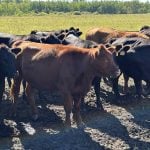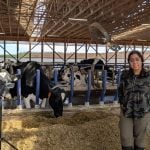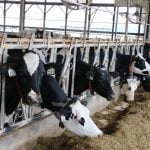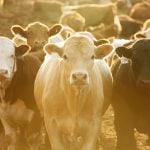Chicago/Reuters – Chicago Mercantile Exchange live cattle futures closed higher on Wednesday after bargain buying and cash price expectations offset initial selling, said traders.
CME cattle and hog market participants at first sold futures after Donald Trump unexpectedly won the U.S. presidential election on Tuesday.
“People are still concerned about what a Trump administration would mean to U.S. agricultural exports, but that could take months to play out,” an Iowa hog merchant said.
Anticipation of possibly steady-to-better prices for slaughter-ready, or cash, cattle by Friday provided more live cattle market support, said traders.
Read Also
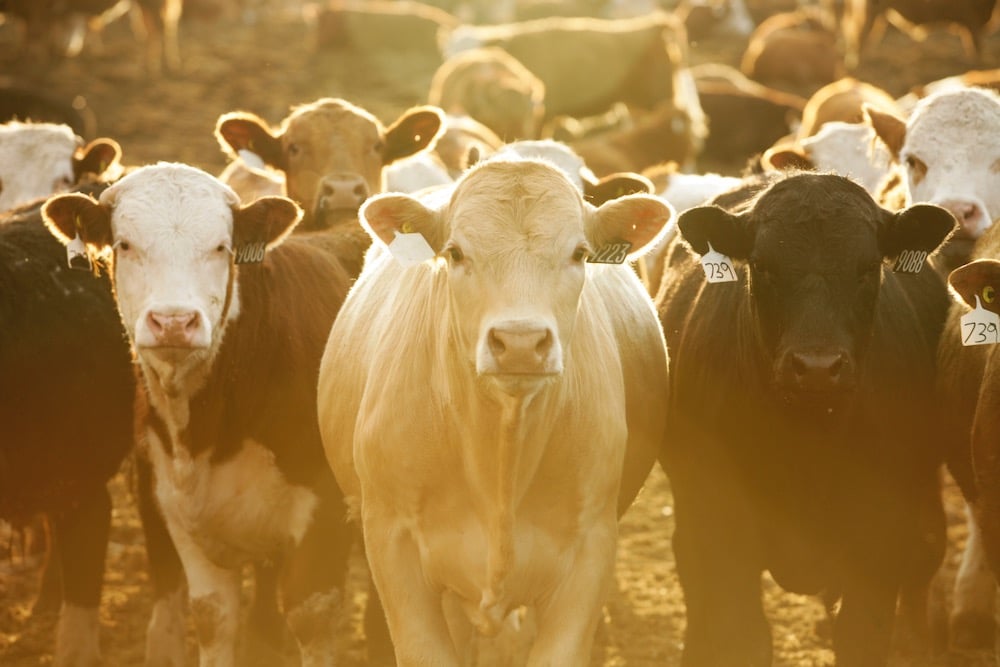
U.S. livestock: Cattle futures drop on Trump call for lower prices
Cattle futures on the Chicago Mercantile Exchange dropped sharply on Wednesday, reacting to comments from United States President Donald Trump…
Cash cattle last week in the U.S. Plains moved at $102 to $105 cents per cwt. Market bulls cited profitable packer margins, potential increase in pre-winter holiday beef demand and Wednesday’s $103 to $104.25 per cwt cash sales at the Fed Cattle Exchange.
“The Cattle Exchange went pretty good. And we’ve discounted the wholesale beef price enough to attract some demand soon,” said Archer Financial Services broker Dennis Smith.
Wednesday morning’s choice wholesale beef price was down a penny per cwt from Tuesday to $185.33.
Select cuts slumped $1.76 to $170.18, the U.S. Department of Agriculture said. Fund buying developed after traders bought the December contract and simultaneously sold deferred months in a trading strategy known as bull spreading.
The spread lifted December futures above the 40-day moving average of 102.96 cents, which triggered fund buying.
December live cattle closed 0.875 cent per pound higher at 103.475 cents. CME live cattle futures advances, and sharply lower corn prices following Wednesday’s bearish USDA grain report, lifted the exchange’s feeder cattle contracts.
November feeders, which will expire on Nov. 17, finished up 0.150 cent per lb to 124.550 cents. Most actively-traded January ended 0.500 cent higher at 119.725 cents.
Lower hog futures close
Deteriorating cash prices and soft wholesale pork demand, both pressured by plentiful supplies, undercut CME lean hogs, said traders. They said sell stops and fund liquidation contributed to market losses.
December and February lean hogs closed down 0.425 cent per lb to 46.550 and 54.075 cents, respectively.
Speculators sold deferred months with the view that less-costly corn might cause farmers to feed more hogs and grow them to heavier weights.
Wednesday was the third of five days in which funds in CME’s livestock markets that track the Standard & Poor’s Goldman Sachs Commodity Index periodically sold, or “rolled,” December long positions mainly into February.










